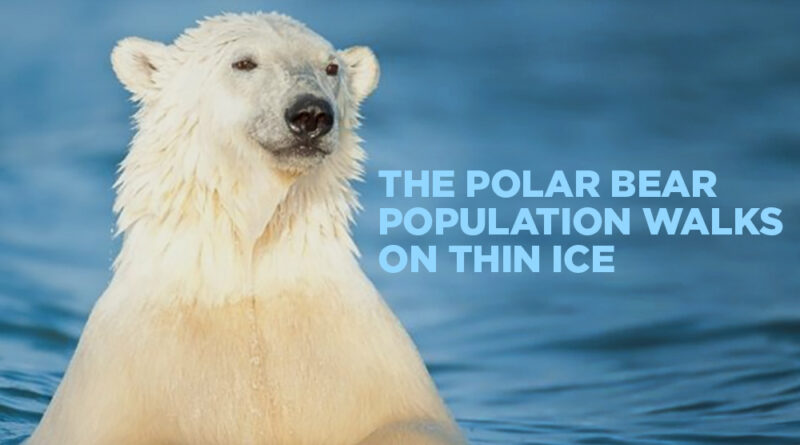Celebrate National Polar Bear Day with the Latest Climate Change Grants
Over the past weekend, people around the country celebrated National Polar Bear Day. While polar bears may be cute, cuddly creatures that people love to see on nature shows, their future is not certain. With the current state of the environment and climate change, polar bears are one major animal falling victim to the ramifications. Since global warming is most notable in the Arctic, where polar bears live, their habitats are at a major risk or disappearing. Polar bears need sea ice to live. Not only do they use it hunt, but they also rely on it to breed, roam and even rest.
According to Carbon Brief, the temperatures in the Arctic are increasing at a rate of double the world average. The organization also notes that sea ice coverage is decreasing by approximately four percent every 10 years. This is a huge problem for animals that rely on these climates to survive. In
GrantWatch has a category for Pets/Animals/Wildlife that includes funding for many conservation projects. In addition, GrantWatch also has a category for grants for the environment, as well as one for climate change grants. And to bring recognition to this important day and what it stands for, GrantWatch is sharing seven climate change grants below.
Top Climate Change Grants
- Firstly, there are grants to U.S. nonprofit organizations to reduce social inequality and promote solutions to the climate crisis. Eligible programs will address the areas of racial and economic justice, corporate and political accountability; voice, creativity, and culture; and an inclusive clean economy.
- There are also grants to U.S. private sector entities for wide-scale projects and activities that will improve the environment. Funding is intended for projects focused on climate, clean energy, clean water, and cleaning up toxins and waste.
- Grants are available to U.S., Canada, and International organizations and individuals advocating and addressing the climate emergency. Funding is intended to support activist movements demanding change from governments.
- In addition funding of up to $50,000 is available to U.S. and Canada nonprofit organizations and IHEs for activities that address, and work to mitigate, the adverse effects of climate change on health. Funds may go to developing sustainable systems for healthcare and biomedical research, preparing for weather-related crises, conducting public outreach and educational programs, and other climate/health-related activities.
- Funding is also available to International legal entities for environmental research related to agricultural and water systems in the eligible locations. The grant is to help develop solutions to make agri-food systems and water provision in the Mediterranean area more resilient to climate change.
- There are grants to Guam, US Virgin Islands, American Samoa, and Northern Mariana Islands educational institutions, public authorities, and government agencies to enable the use of technologies that boost energy efficiency.
- Additionally, there is a contest with prizes of up to $1,500 for U.S., Canada, and International students to create projects that teach aboutclimate change and its effects on oceans. The purpose of the contest is to engage students aged 11-18 to creatively represent climate change issues.

